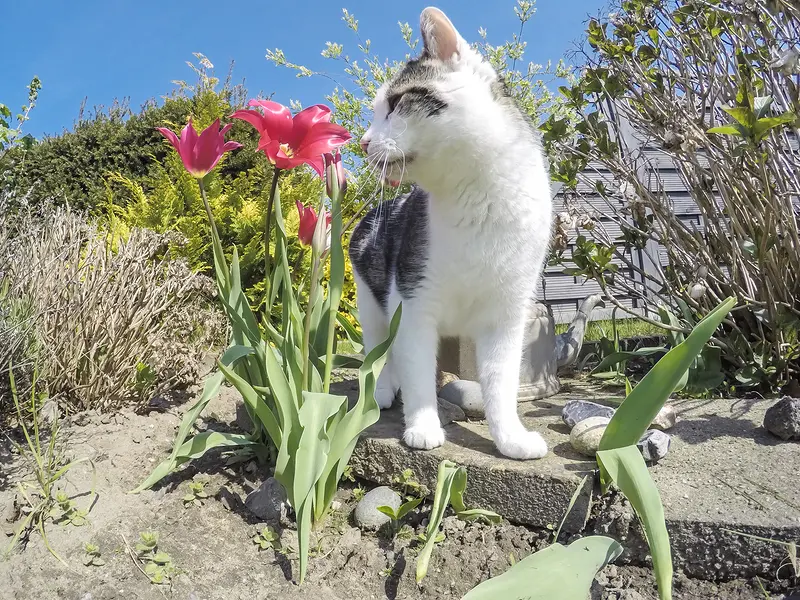Easter lilies and cats: A potentially fatal combination
With the Easter holiday fast approaching, it’s that time of the year we expect Easter bunnies, eggs, chocolates, lilies and a host of other things to compliment the occasion. However, as responsible pet parents, we should recognize the added responsibility of identifying the potential hazards for our pets during such festive seasons.
Easter lily poisoning in cats
Lilies are beautiful. While receiving a beautiful bouquet of the houseplant during Easter may seem fantastic, you may want to consider the gift if you’re going to keep your cat out of danger. Easter lilies in particular fall under the category of dangerous lily houseplants. The ASPCA Animal Poison Control Center identifies the toxicity principle as Lilium nephrotoxicity. In their research observation, the organization recognized that domestic cats are the only known animals susceptible to the lily nephrotoxicity.
Diagnosis and treatment
As aforementioned, all parts of the plants within the Lillium and Hemerocallis family are considered poisonous. If a cat happens to ingest any part of the plant or even the water in the vase, the first symptom that would be evidence of the occurring toxicity would be the cat vomiting. Over the next 24 hours, the cat may exhibit more clinical signs that will include excessive urination, dehydration, anorexia, drooling, and lethargy. The extreme dehydration or urination often indicates the onset of kidney failure.
Therefore, if you happen to notice the cat consuming any part of a lily in the household, immediately rush the animal to the veterinarian for medical care. As a professional, the vet will undertake decontamination treatment procedures that could save your cat’s life. Some of the treatment options available include inducing vomiting, using intravenous fluid therapy, giving binders and anti-vomiting medication. For the best prognosis and outcome, supportive care procedures such as kidney function monitoring, urine output monitoring, and blood pressure testing is necessary.
What about other lilies?
While the principal source of danger is attributed to Easter lilies, other household potted lilies pose could result in feline fatalities. The list of dangerous lilies includes Tiger lilies, daylilies, Asiatic hybrid lilies, Japanese show lilies, Rubrum lilies, Red lilies, Wood lilies, and Western lilies.
Additionally, there are lilies identified as benign since they pose less danger to felines. These lilies include the Peruvian, Peace and Calla lilies. If you are unsure of the type of lily in your household, be sure to keep the plants away from your pets.
SOURCES: AAHA, Colorado State, Google Books, NIH, Pet Poison Hotline





